The Joy of Beading: Bead Crafts for Kids
Welcome to the vibrant and colorful world of bead crafts! Beading is not just a fun pastime; it’s an adventure that allows kids to explore their creativity while developing essential skills. Imagine a table filled with an array of sparkling glass beads, smooth wooden pieces, and playful plastic shapes. Each bead holds the promise of a unique creation waiting to come to life! This article dives into the delightful realm of beading, showcasing exciting projects that inspire children to express their artistic flair. Whether it's crafting a friendship bracelet or designing a personalized keychain, beading is a fantastic way for kids to engage their minds and hands. So, let’s unravel the joys of beading together!
Beading is more than just stringing together colorful pieces; it offers a treasure trove of benefits for children. For starters, it significantly improves hand-eye coordination. As kids thread beads onto strings, they enhance their dexterity and precision, skills that are crucial in many everyday activities. Additionally, beading serves as a wonderful outlet for creativity. Children can experiment with colors, patterns, and designs, allowing their imaginations to soar. Moreover, engaging in bead crafts can be incredibly relaxing. The repetitive motions involved in beading can have a calming effect, making it a great activity for winding down after a busy day. When kids bead together, they also develop social skills, learning to communicate, share ideas, and collaborate on projects. In essence, beading is a multifaceted activity that nurtures both the mind and the spirit!
Before embarking on any beading adventure, it's essential to gather the right materials. Having the proper supplies not only makes the crafting process smoother but also enhances the overall experience. Here are some of the essential supplies needed for bead crafts:
- Beads: A variety of beads, including glass, wooden, and plastic, will offer endless creative possibilities.
- Thread or String: Choose durable materials that can withstand the weight of the beads.
- Needles: Beading needles are designed to easily pass through the holes of beads.
- Pliers: Useful for manipulating wire and securing knots.
- Storage Containers: Keep your beads organized and easily accessible.
When it comes to beads, the variety is astounding! Each type of bead offers unique textures and colors, providing endless opportunities for creative expression. Here’s a closer look at some popular types of beads:
Glass beads are truly stunning, coming in various shapes and sizes, often with a beautiful shimmer. They are perfect for more advanced projects, allowing kids to explore intricate designs. However, they can be fragile, so they are best suited for older children or those who are more careful with their creations.
On the other hand, wooden beads are lightweight and durable, making them ideal for younger children. They can be painted or left natural, encouraging imaginative play and creativity. The tactile experience of handling wooden beads can also be particularly engaging for kids, making their crafting experience even more enjoyable.
Having the right tools can make beading easier and more enjoyable. Essential tools include needles, threads, and pliers, which are necessary for various projects. For instance, using a needle specifically designed for beading can simplify the process of threading small beads. Pliers can help secure knots and manipulate wire, making them invaluable for more complex designs.
Now that we’ve covered the benefits and supplies, let’s dive into some exciting beading projects that kids can tackle. Whether they are beginners or more experienced crafters, there’s something for everyone!
Creating friendship bracelets is a timeless beading project that fosters creativity and sharing. Kids can personalize their designs, making them special gifts for friends. The process of selecting colors and patterns allows children to express their individuality while also strengthening their bonds with peers.
Beaded keychains are another fun and practical project for kids. They can create unique designs that reflect their personality while developing their crafting skills. Plus, these keychains make great gifts for family members or can be used to decorate backpacks, adding a personal touch to everyday items.
While beading is a fun activity, safety is paramount, especially when crafting with children. Here are some essential tips to ensure a safe and enjoyable beading experience:
Adult supervision is vital, especially with younger children. It's important to guide kids during beading activities to prevent accidents and ensure safe crafting. Encouraging them to work in a well-lit area and to take breaks can also enhance their experience.
Selecting age-appropriate materials is crucial for safety. For instance, using larger beads can help prevent choking hazards for younger kids, while older children can handle smaller, more intricate pieces. Always check the packaging for age recommendations to ensure a safe crafting experience.
Q: What age is appropriate for children to start beading?
A: Children as young as 4-5 can start with larger beads and simple projects, while older kids can tackle more complex designs.
Q: Can beading help with fine motor skills?
A: Absolutely! Beading requires precise movements, which greatly enhances fine motor skills in children.
Q: What should I do if a bead breaks?
A: If a bead breaks, ensure to clean up the pieces immediately to avoid any accidents. Teach children to handle their materials with care.
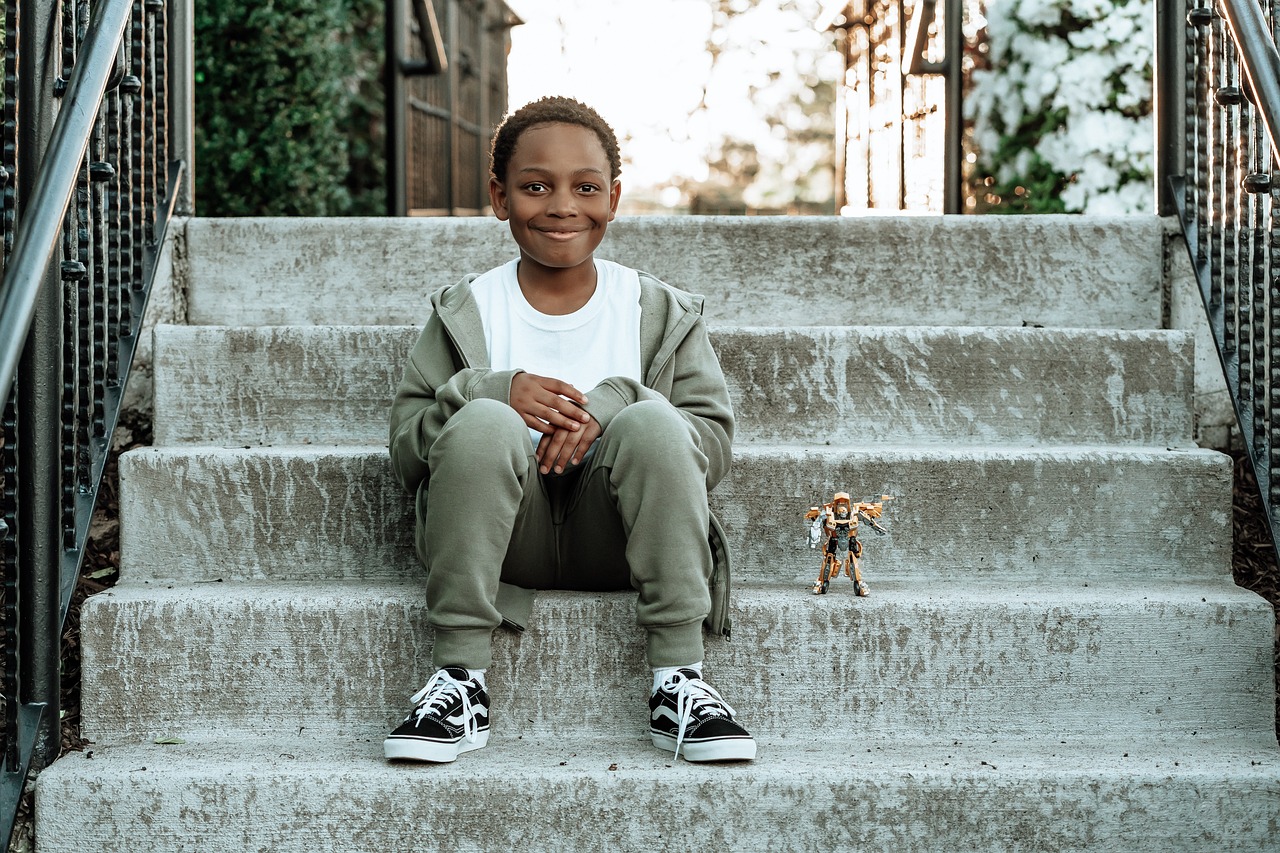
Benefits of Beading for Kids
Beading is not just a fun activity; it’s a treasure trove of benefits for kids! Engaging in bead crafts can significantly enhance a child's hand-eye coordination. As children thread beads onto strings or wires, they learn to control their movements with precision. This skill is akin to learning to ride a bike—at first, it feels clumsy, but with practice, it becomes second nature.
Moreover, beading is a fantastic outlet for creativity. Children can express their thoughts and emotions through colors and patterns, creating unique pieces that reflect their personalities. Imagine a child carefully selecting each bead, pondering how the colors will come together. It’s like painting a masterpiece, but with beads! This creative process not only boosts their artistic expression but also builds their confidence as they see their ideas come to life.
Another significant advantage of beading is its ability to promote relaxation. In today’s fast-paced world, children often feel overwhelmed. Beading provides a calming experience, allowing them to focus on a single task and escape from daily stresses. This meditative quality can be likened to the soothing effects of coloring or drawing, where the repetitive motions and concentration can lead to a sense of peace.
Additionally, when children engage in beading with peers or family members, they develop social skills. Whether they are sharing supplies, brainstorming designs, or helping each other with tricky knots, these interactions foster teamwork and communication. It’s a wonderful way to bond over a shared interest, much like playing a team sport or working on a group project in school.
In summary, the benefits of beading for kids are multifaceted. It enhances fine motor skills, sparks creativity, provides relaxation, and encourages social interaction. So, the next time you see your child with a string of beads, remember that they are not just playing; they are developing skills that will serve them well throughout their lives!
- What age is appropriate for kids to start beading? Generally, children aged 5 and up can start with simple beading projects, but always consider the individual child's skill level and interest.
- Are there any safety concerns with beading? Yes, it's important to supervise young children to prevent choking hazards and ensure safe tool usage.
- What materials are best for beginners? For beginners, wooden beads and thick elastic threads are ideal as they are easier to handle and manipulate.
- Can beading help with learning? Absolutely! Beading can enhance mathematical skills through pattern recognition and counting, as well as improve concentration.

Essential Beading Supplies
Before diving into the colorful and creative world of bead crafts, it's important to gather the right materials. Having the right supplies not only makes the crafting process smoother but also enhances the overall experience for children. Think of it as setting the stage for a performance: the right props can turn a good show into a spectacular one!
When it comes to beading, you'll want to ensure you have a variety of beads, tools, and storage options at your fingertips. Let's break down the essentials:
| Supply Type | Description |
|---|---|
| Beads | Various types including glass, wooden, and plastic, each offering unique textures and colors. |
| Beading Thread | Strong and flexible thread designed specifically for beading projects. |
| Needles | Special beading needles that are thin and long enough to accommodate various bead sizes. |
| Pliers | Useful for bending wire or crimping beads securely in place. |
| Storage Boxes | Clear containers or boxes to keep beads organized and easily accessible. |
Having a variety of beads is essential. Kids can explore different types such as glass beads, which shimmer beautifully, wooden beads that are lightweight and can be painted, or plastic beads that come in vibrant colors. Each type of bead inspires different projects and creative expressions. For instance, glass beads might be perfect for an advanced bracelet project, while wooden beads could be ideal for younger kids just starting out.
Alongside beads, you'll need beading thread. This thread is specifically designed to withstand the tension of pulling beads through, ensuring that creations hold up over time. Pair this with some beading needles; these are typically longer and thinner than regular sewing needles, making them perfect for threading beads without frustration.
Don't forget about pliers. These handy tools can help in securing beads in place, especially when working with wire or making intricate designs. Lastly, a good storage solution is crucial. Clear storage boxes or containers not only keep beads organized but also make it easy for kids to find what they need, fostering independence and creativity.
By gathering these essential supplies, you're setting your little ones up for a beading adventure that is both fun and educational. So, let’s get crafting!

Types of Beads
When diving into the vibrant world of beading, one of the first things you'll notice is the incredible variety of beads available. Each type of bead brings its unique flair and texture, opening the door to countless creative possibilities. Whether you're a novice or a seasoned crafter, understanding the different types of beads can help you choose the right materials for your projects. Let’s explore some popular categories of beads that can spark your imagination and inspire your next creation.
Glass beads are a favorite among many beaders due to their stunning shimmer and versatility. These beads come in a myriad of shapes and sizes, from tiny seed beads to larger focal pieces. Their reflective surfaces catch the light beautifully, making them ideal for more intricate designs. Kids can experiment with different colors and patterns, allowing them to create eye-catching jewelry or decorative items. However, it’s important to note that glass beads can be fragile, so they are best suited for older children who can handle them with care.
On the other hand, wooden beads are perfect for younger crafters. Lightweight and durable, these beads are easy to string and manipulate, making them ideal for little hands. They can be left in their natural state or painted in vibrant colors, encouraging kids to express their creativity. Wooden beads often have a rustic charm, lending a unique touch to any project. Plus, they are less likely to break, which means parents can breathe a little easier when their children are crafting.
Then we have plastic beads, which are incredibly popular due to their affordability and variety. These beads come in every imaginable color and shape, making them a go-to choice for many beading projects. They are lightweight and safe for children, allowing for endless experimentation without the worry of breakage. Plastic beads can be used to create everything from simple necklaces to elaborate art pieces. Their versatility makes them a staple in any beader's collection.
To give you a clearer idea of the types of beads and their characteristics, here’s a simple comparison table:
| Type of Bead | Material | Best For | Characteristics |
|---|---|---|---|
| Glass Beads | Glass | Older Kids | Shiny, fragile, intricate designs |
| Wooden Beads | Wood | Young Kids | Lightweight, durable, customizable |
| Plastic Beads | Plastic | All Ages | Colorful, affordable, versatile |
As you can see, each type of bead offers something unique, making the world of beading a rich tapestry of options. Whether you’re crafting a simple bracelet or a complex art piece, understanding these types of beads will enhance your creative experience and help you select the right materials for your projects. So, gather your supplies, unleash your creativity, and let the magic of beading begin!

Glass Beads
Glass beads are a stunning choice for any beading project, captivating both children and adults alike with their vibrant colors and unique textures. These beads come in an array of shapes and sizes, making them perfect for creating intricate designs that can truly showcase a child's creativity. Imagine a sparkling bracelet that catches the light with every movement—this is the magic of glass beads! They offer a beautiful shimmer that can elevate even the simplest of crafts into something extraordinary.
When introducing glass beads to kids, it’s important to consider their age and skill level. While these beads can be used for advanced projects, they also require a bit more care due to their fragility. Children can learn to appreciate the beauty and delicacy of glass while developing their fine motor skills as they thread these tiny treasures. The process of selecting colors and arranging beads can be a delightful experience, allowing kids to express their artistic vision.
Here are some popular types of glass beads that kids might enjoy working with:
- Round Glass Beads: These classic beads are versatile and easy to work with, making them great for beginners.
- Seed Beads: Tiny and colorful, seed beads can add intricate details to designs, perfect for more advanced projects.
- Faceted Glass Beads: With their cut surfaces, these beads reflect light beautifully, adding a touch of glamour to any creation.
One of the best aspects of working with glass beads is the opportunity for children to experiment with different techniques. They can learn to create patterns, mix colors, and even try their hand at more complex designs like woven bracelets or beaded necklaces. The satisfaction of completing a project using glass beads can be incredibly rewarding, boosting their confidence and encouraging them to tackle even more challenging crafts in the future.
However, it’s essential to emphasize safety when using glass beads. These beads can break if dropped, which poses a risk, especially for younger children. Always supervise beading activities, and consider using larger glass beads that are less likely to shatter. With the right guidance and care, glass beads can open up a world of creativity and fun for kids, making every crafting session an adventure!
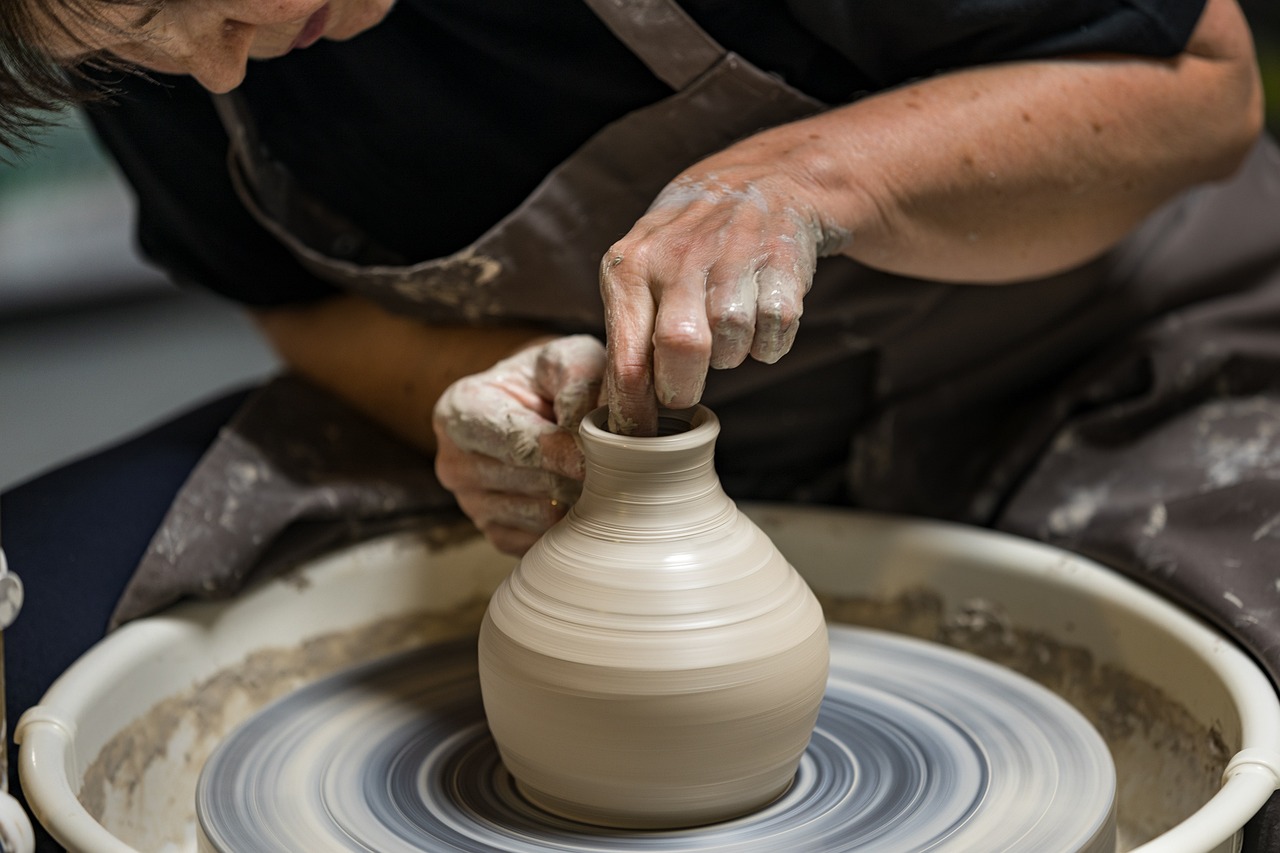
Wooden Beads
Wooden beads are a fantastic choice for children, especially when it comes to crafting. Their lightweight and durable nature makes them perfect for younger hands that are just beginning to explore the world of beading. Unlike glass beads, which can be fragile and intimidating, wooden beads offer a sense of security and ease, allowing kids to focus on their creativity without the fear of breakage. These beads come in various shapes and sizes, providing a plethora of options for little artists to express themselves.
One of the most exciting aspects of wooden beads is their versatility. Kids can paint them in vibrant colors or leave them in their natural state, which can spark imaginative play. Imagine a child transforming a simple wooden bead into a colorful ladybug or a whimsical flower! The possibilities are endless. This not only encourages creativity but also enhances fine motor skills as children learn to manipulate the beads and string them together.
Moreover, wooden beads can be found in different finishes—some are smooth and polished, while others may have a rougher texture. This variety can be a sensory delight for children, as they can feel the differences in texture while working on their projects. Here are some popular types of wooden beads that children might enjoy:
- Natural Wooden Beads: These beads retain their original wood finish, showcasing the beauty of the material.
- Painted Wooden Beads: Available in a rainbow of colors, these beads can add a fun pop to any project.
- Patterned Wooden Beads: Beads with designs or patterns can inspire children to create themed crafts.
When it comes to beading projects, wooden beads can be used in a variety of ways. From making necklaces and bracelets to creating decorative items like mobiles or wall hangings, the only limit is a child's imagination. Plus, they are often larger than glass beads, making them easier for little fingers to handle. This is particularly important for younger children who are still developing their dexterity.
In summary, wooden beads are an excellent starting point for kids venturing into the world of beading. They are not only safe and easy to use but also provide a canvas for creativity that can lead to hours of fun and learning. So, gather some wooden beads, and let your child's imagination run wild!
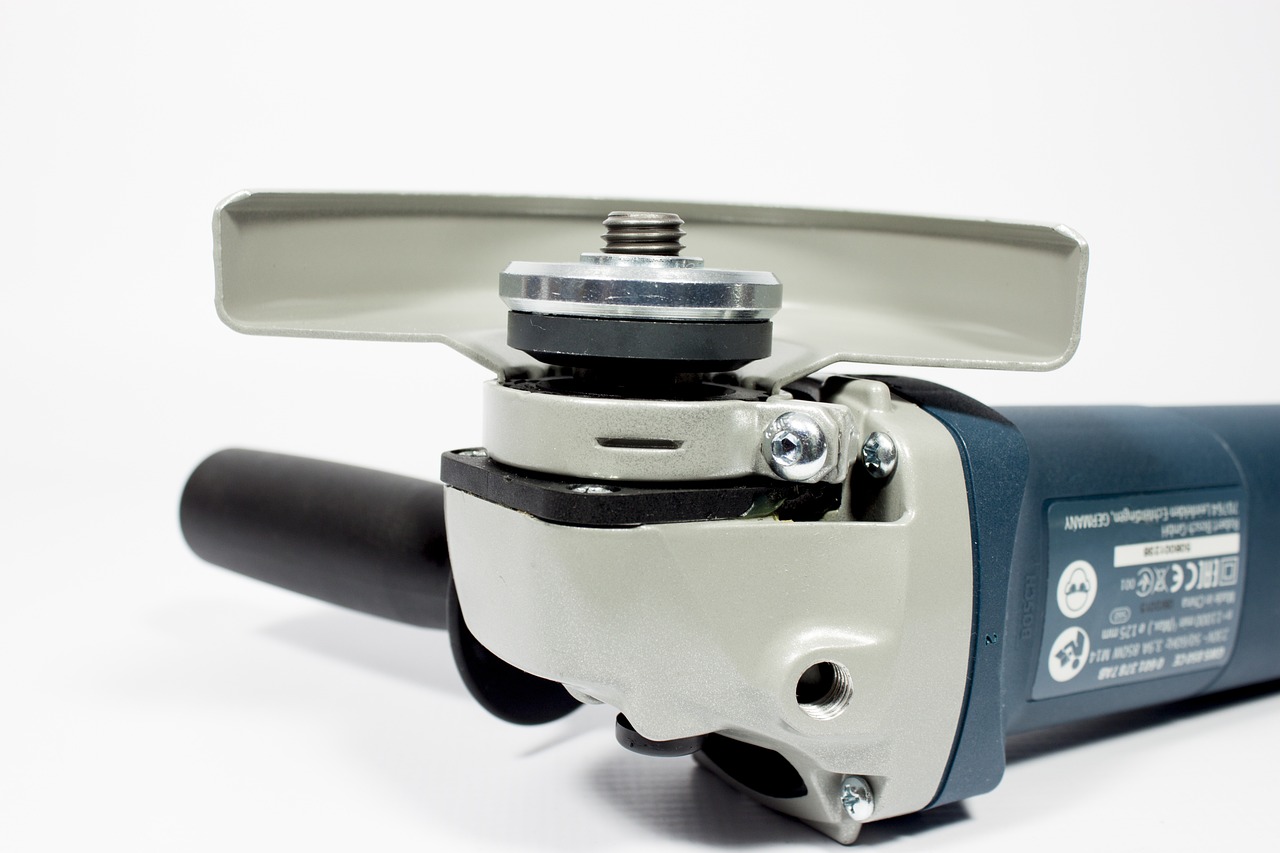
Tools for Beading
When diving into the colorful world of beading, having the right tools is essential for a smooth and enjoyable crafting experience. Imagine trying to paint a masterpiece without a brush; that’s how important these tools are! Whether you’re a novice or a seasoned beader, the right equipment can make all the difference in your projects. So, let’s explore some of the must-have tools that will help you and your little ones create beautiful bead crafts.
First and foremost, beading needles are a fundamental tool. Unlike regular sewing needles, beading needles are designed with a finer shaft and a larger eye, making it easier to thread through those tiny beads. They come in various sizes, so it’s a good idea to have a few different ones on hand, especially when working with different bead types. Pair these needles with beading thread or elastic cord to ensure your creations hold together. Elastic cord is particularly great for projects like bracelets, as it allows for flexibility and comfort when worn.
Another essential tool is the bead mat. This specialized surface not only keeps your beads from rolling away but also provides a non-slip area for working on your designs. It’s like having a little crafting oasis where your creativity can flow without interruptions. Additionally, having a pair of pliers can be a game-changer, especially for more intricate projects involving wire. Pliers help in bending, cutting, and securing wire, making your beading experience much easier and more efficient.
To keep everything organized, consider investing in a bead storage container. These containers come in various sizes and compartments, allowing you to categorize your beads by color, size, or type. A well-organized workspace not only saves time but also sparks creativity. Imagine opening a neatly arranged box of beads and feeling that rush of inspiration!
Here's a quick overview of some essential tools for beading:
| Tool | Purpose |
|---|---|
| Beading Needles | Used for threading beads, available in various sizes. |
| Beading Thread/Elastic Cord | Holds beads together; elastic is great for bracelets. |
| Bead Mat | Prevents beads from rolling away and provides a stable workspace. |
| Pliers | Used for bending, cutting, and securing wire. |
| Bead Storage Container | Keeps beads organized and easily accessible. |
With these tools in hand, your beading adventures can truly take off! Remember, the more comfortable and organized you are, the more fun you’ll have. So gather your supplies, unleash your creativity, and watch as your bead projects come to life!
Q: What age is appropriate for kids to start beading?
A: Generally, children aged 5 and up can start beading with supervision. Younger kids may enjoy larger beads and simpler projects.
Q: Can beading help with fine motor skills?
A: Absolutely! Beading requires precision and coordination, which helps develop fine motor skills in children.
Q: What should I do if my child swallows a bead?
A: If a bead is swallowed, seek medical attention immediately. It's crucial to keep small items out of reach of younger children.
Q: How can I make beading more engaging for my child?
A: Consider themed projects, such as creating jewelry for holidays or gifts for friends. This adds a fun twist to the crafting experience!
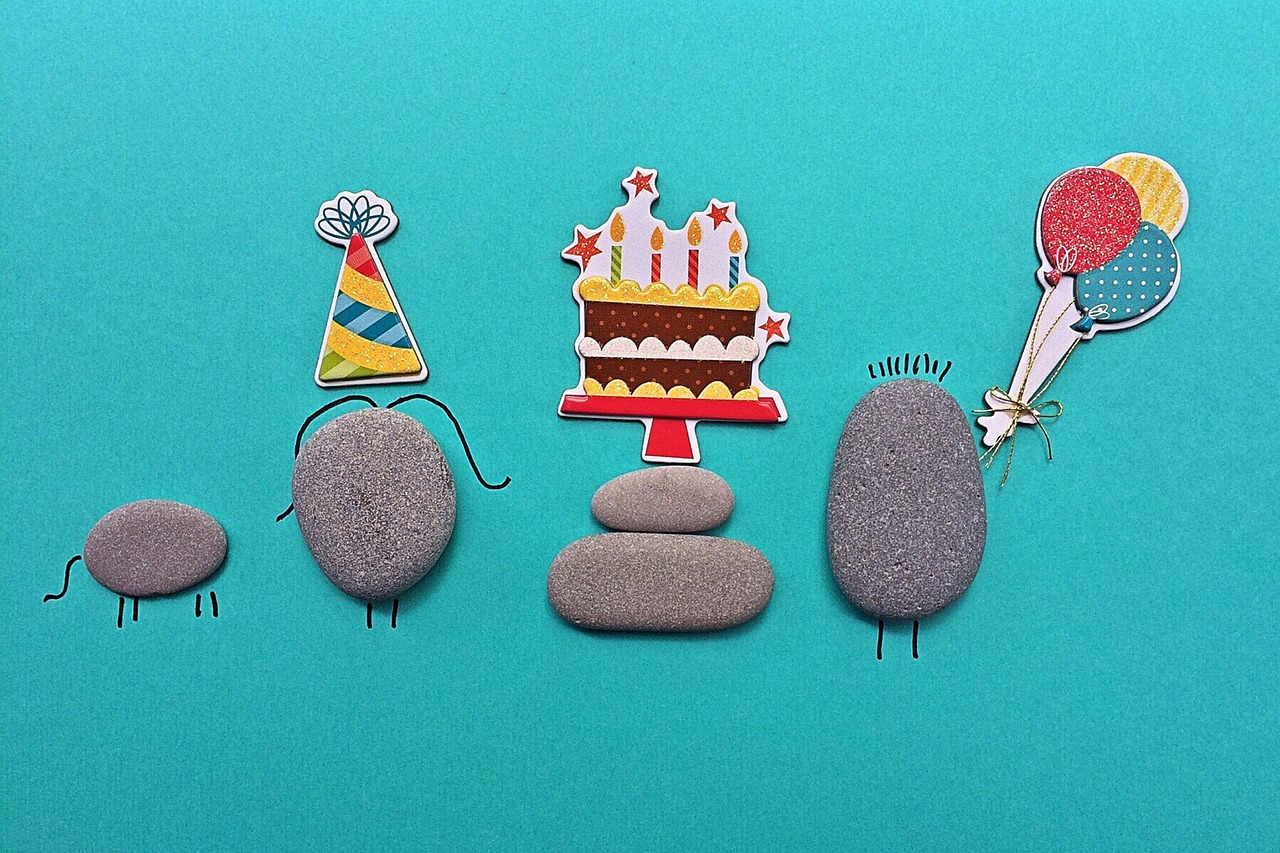
Fun Beading Projects
When it comes to beading, the possibilities are truly endless! Kids can embark on a creative journey that allows them to express themselves through vibrant colors and unique designs. Beading projects are not just about stringing beads together; they are about imagination, creativity, and the joy of making something special with their own hands. Whether your child is a beginner or has some experience under their belt, there’s a project waiting to ignite their passion for crafting. Here are a couple of engaging ideas that will keep their hands busy and their minds sharp.
One of the most beloved projects is the classic friendship bracelet. This timeless creation is not only fun to make but also serves as a beautiful token of friendship. Kids can choose from a plethora of colors and patterns, allowing them to personalize each bracelet for their friends. Imagine your child sitting with a friend, laughter filling the air as they select beads and share stories, all while crafting something meaningful. It’s a wonderful way to strengthen bonds and create lasting memories.
Another fantastic project is the beaded keychain. This practical and stylish accessory lets kids showcase their personality. They can incorporate their favorite colors, shapes, and even charms to make a keychain that truly represents them. Plus, every time they use their keychain, it will remind them of their creative endeavor. It’s like carrying a piece of art with them wherever they go! To make it even more fun, kids can create keychains for their family members or friends, turning a simple craft into a heartfelt gift.
For those looking to explore even more, consider organizing a beading party. Gather a group of friends, provide a variety of beads, and let the creativity flow! Not only does this foster teamwork and collaboration, but it also makes for a lively and enjoyable atmosphere. Kids can share tips, help each other with designs, and celebrate each other’s creations. Who knows? You might even inspire a future jewelry designer!
To ensure that every project is a success, here’s a quick overview of some essential supplies your child will need:
| Supply | Purpose |
|---|---|
| Beads | Various colors and types for creativity |
| String or Elastic | To hold the beads together |
| Scissors | To cut the string or elastic |
| Glue | For securing ends and embellishments |
| Charms | To add unique flair to projects |
With these projects, not only will kids have a blast, but they will also develop fine motor skills and enhance their artistic expression. So, gather your supplies, let the creativity flow, and watch as your children create masterpieces that they can cherish forever!
Q: What age is appropriate for kids to start beading?
A: Generally, children as young as four can start with larger beads and simple projects. As they grow older and develop their fine motor skills, they can tackle more complex designs.
Q: How can I encourage my child if they feel frustrated with a project?
A: It’s important to remind them that crafting is about the process, not just the end result. Encourage them to take breaks, try different designs, and most importantly, have fun!
Q: Are there any safety concerns I should be aware of?
A: Yes, always supervise younger children, especially when using tools or small beads that could pose a choking hazard. Choose age-appropriate materials to ensure a safe crafting experience.
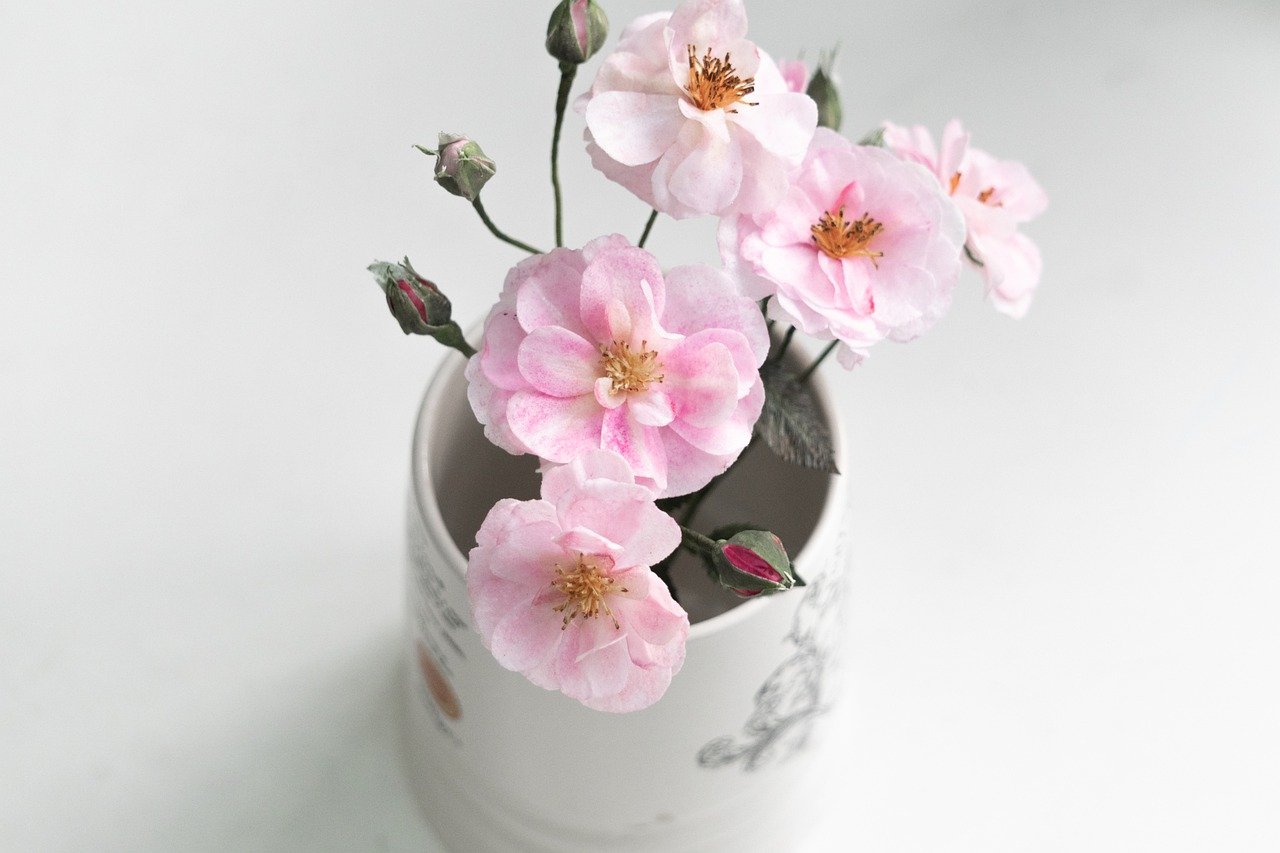
Friendship Bracelets
Creating is not just a fun activity; it's a time-honored tradition that brings friends closer together. Imagine sitting around a table, laughter echoing as you and your friends string colorful beads onto threads, each bead representing a unique memory or shared experience. The beauty of friendship bracelets lies in their simplicity and the personal touch each child can add. Kids can choose their favorite colors, patterns, and even add charms that hold special meaning, making each bracelet a true reflection of their personality.
One of the best parts about making these bracelets is that they are incredibly versatile. Kids can create them using various techniques, from simple stringing to more complex knotting methods. For younger children, a straightforward approach works best, while older kids can experiment with more intricate designs. This not only fosters creativity but also enhances their fine motor skills. As they thread beads and tie knots, they develop hand-eye coordination, which is a crucial skill for many everyday tasks.
To get started, all you need are some basic materials. Here’s a quick rundown of what you’ll need:
- Beads: Choose from a variety of materials like plastic, wooden, or glass beads.
- String or Elastic: Use durable string or elastic cord to hold the beads together.
- Scissors: For cutting the string to the desired length.
- Glue (optional): To secure the knots for added durability.
Once you have your materials, the fun begins! Start by cutting a length of string that is about 12 inches longer than your wrist size. This extra length allows for tying knots later. Next, let your child pick out their favorite beads and arrange them in a pattern. This step is where creativity shines—there are no rules! After selecting the beads, it's time to string them onto the cord. Kids can either create a pattern or just go with the flow, adding beads as they please.
Once all the beads are on the string, it’s time to tie the bracelet. This is where you can add a little extra flair. Kids can tie a simple knot or create a more elaborate design by using techniques like the square knot or the lark’s head knot. If they want to make it extra special, consider adding a charm or two to the mix. This personal touch transforms a simple bracelet into a cherished keepsake.
After completing the bracelet, encourage your child to share their creation with friends. They can exchange bracelets as a symbol of their friendship, making the experience even more meaningful. Not only do these bracelets serve as beautiful accessories, but they also carry stories and memories that kids will treasure for years to come.
In conclusion, making friendship bracelets is not just about crafting; it's about building connections and creating lasting memories. So gather your supplies, invite some friends over, and let the beading adventure begin!
Q: What age is appropriate for kids to start making friendship bracelets?
A: Generally, children aged 5 and up can start making simple friendship bracelets with supervision. Younger kids may need assistance with threading beads and tying knots.
Q: What types of beads are best for beginners?
A: Plastic beads are often the best choice for beginners due to their lightweight and easy-to-handle nature. Wooden beads are also a great option for younger children.
Q: How can I make the bracelet last longer?
A: To enhance durability, consider using a strong string or elastic cord and secure knots with a small amount of glue. Also, remind kids to avoid exposing their bracelets to water.
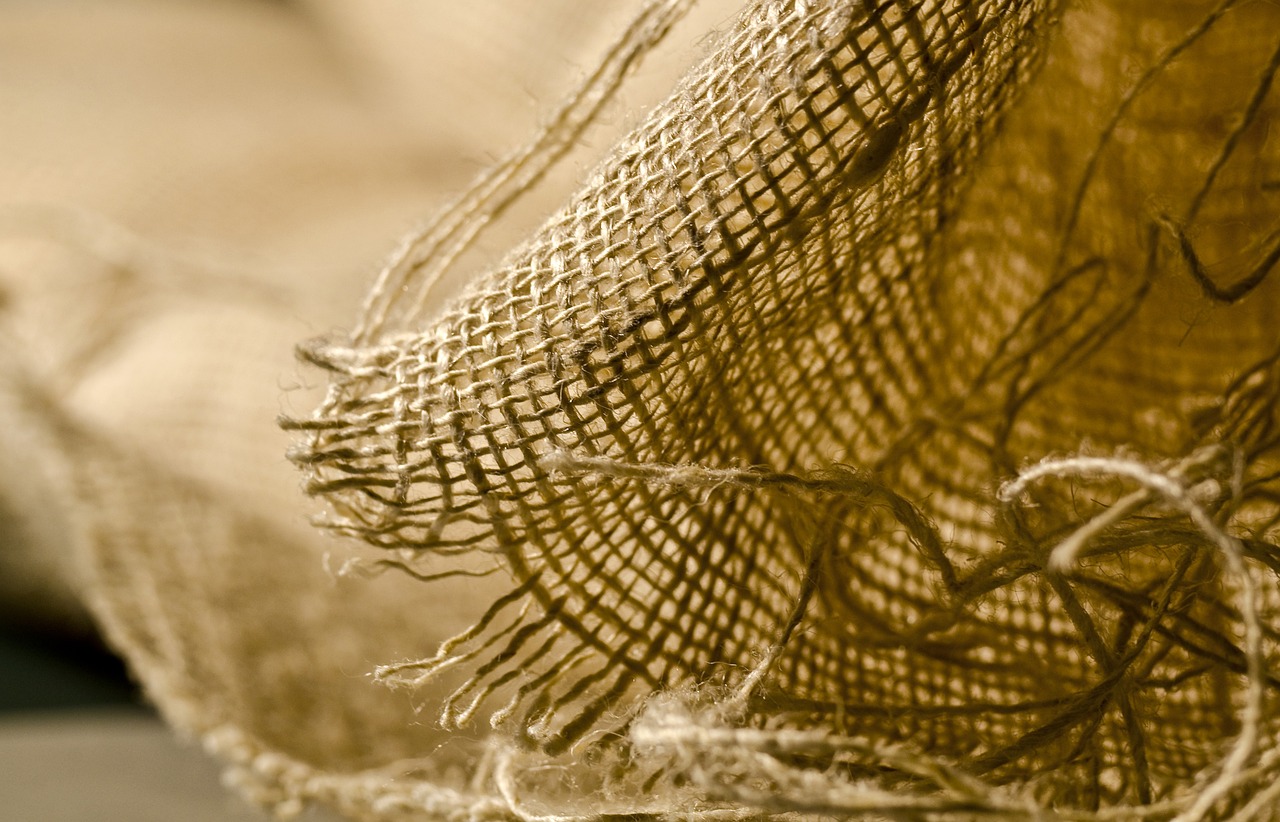
Beaded Keychains
Creating is not just a fun activity; it's a fantastic way for kids to express their personality while developing their crafting skills. Imagine a colorful assortment of beads strung together, each one telling a story or representing a special memory. These little creations can be attached to backpacks, pencil cases, or even used as gifts, making them both practical and personal.
To start, kids will need a few essential supplies. The beauty of beaded keychains lies in their simplicity. All you need are some beads, a sturdy keychain ring, and a length of elastic cord or nylon thread. The process is straightforward: select the beads, thread them onto the cord, and secure them to the keychain ring. But it's not just about the materials; it's about the creativity that comes alive during the process. Children can choose colors and patterns that reflect their interests, making each keychain uniquely theirs.
As they work on their projects, kids can explore various design techniques. For instance, they might opt for a random assortment of colors for a fun, chaotic look, or they could follow a specific pattern for a more structured design. This not only enhances their fine motor skills but also allows them to experiment with color theory and design principles. It's like a mini art class right at the kitchen table!
Moreover, beaded keychains can serve as an excellent opportunity for kids to bond with friends or family. They can host a beading party, where everyone creates their own keychain. This social aspect of crafting fosters teamwork and communication, making it a delightful shared experience. Picture a group of kids laughing and chatting as they string beads together, each one excitedly sharing their design ideas. It's moments like these that create lasting memories.
For those looking to take their beading skills to the next level, consider adding charms or pendants to the keychains. These little extras can add a personal touch and make the keychain even more special. Kids can choose charms that represent their hobbies, favorite animals, or even initials, turning a simple keychain into a cherished keepsake.
In summary, beaded keychains are a wonderful way for children to engage their creativity while developing essential skills. They are easy to make, customizable, and provide a fantastic outlet for self-expression. So, gather those beads and let the crafting begin—who knows what amazing designs your little ones will come up with!
- What age is appropriate for children to start beading? Generally, children as young as 5 can start with larger beads and simple designs, while older kids can tackle more intricate projects.
- Are there any safety concerns with beading? Yes, it's important to supervise younger children to prevent choking hazards and to ensure safe use of tools.
- Can beading help with fine motor skills? Absolutely! Beading involves threading, grasping, and manipulating small objects, which can significantly enhance fine motor skills.
- What materials are best for beginners? Start with larger wooden or plastic beads, as they are easier to handle and less likely to break.
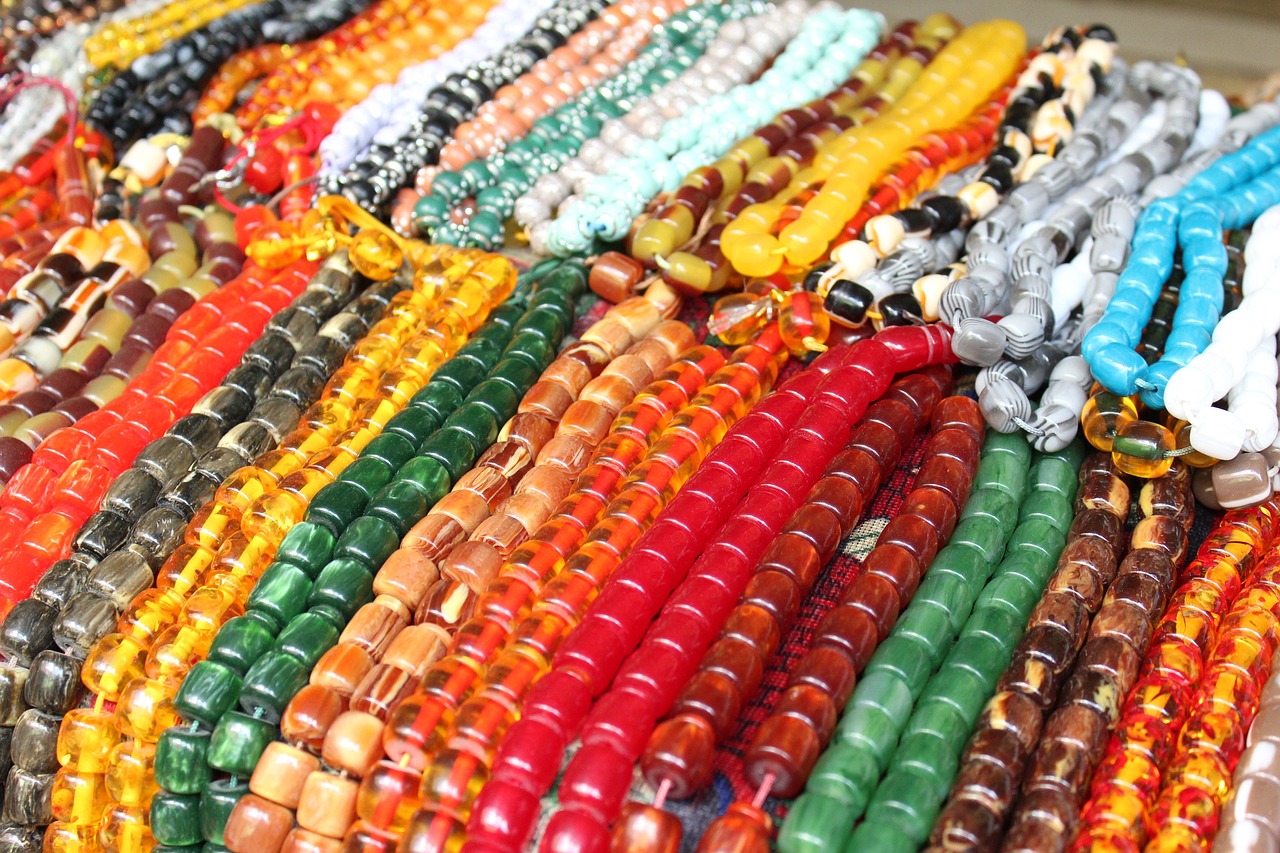
Safety Tips for Beading
When diving into the colorful and creative world of beading, safety should always be a top priority. Kids are naturally curious and eager to explore, which can sometimes lead to accidents if proper precautions aren't taken. So, how can we ensure a safe crafting experience? Here are some essential tips to keep in mind while your little ones unleash their creativity.
First and foremost, adult supervision is crucial, especially for younger children. Imagine a bustling craft table filled with vibrant beads and shiny tools; it’s easy for little hands to get carried away! By keeping a watchful eye, you can guide them through the process, helping them navigate any tricky situations that might arise. Not only does this prevent accidents, but it also provides an opportunity for bonding and sharing in the joy of creation.
Next, it's essential to choose age-appropriate materials. Not all beads are created equal, and some may pose choking hazards for younger kids. Opt for larger beads that are easy to handle and less likely to be swallowed. For older children, you can introduce smaller beads and more intricate tools, but always ensure that they understand how to use them safely. Here’s a quick table to illustrate suitable materials for different age groups:
| Age Group | Recommended Beads | Tools |
|---|---|---|
| 3-5 years | Larger wooden or plastic beads | Smooth, blunt-tipped needles |
| 6-8 years | Medium glass or acrylic beads | Child-safe scissors, plastic needles |
| 9+ years | Small glass, metal, or specialty beads | Sharp scissors, metal needles |
In addition to supervision and material selection, it's also vital to teach kids about proper tool usage. For instance, if they are using scissors or pliers, show them the correct way to hold and maneuver these tools. It might seem like common sense to adults, but kids often need guidance to understand the potential dangers. Encourage them to ask questions and express any concerns they might have about the tools, fostering a sense of responsibility and awareness.
Finally, always create a designated crafting area. This space should be free from distractions and clutter, allowing kids to focus on their projects. Having a clean workspace not only minimizes the risk of accidents but also enhances the overall crafting experience. Plus, it makes for easier clean-up when the fun is over!
Q: What materials are safe for toddlers?
A: For toddlers, larger wooden or plastic beads are ideal, as they are less likely to be swallowed. Always supervise them during crafting.
Q: How can I encourage my child to be more careful while crafting?
A: Teaching them about the tools and materials, along with setting clear rules about safety, can help instill a sense of caution. Make it a fun learning experience!
Q: Are there any specific tools I should avoid?
A: Yes, avoid sharp tools and small beads for younger children. Stick to child-safe scissors and blunt-tipped needles until they are older.
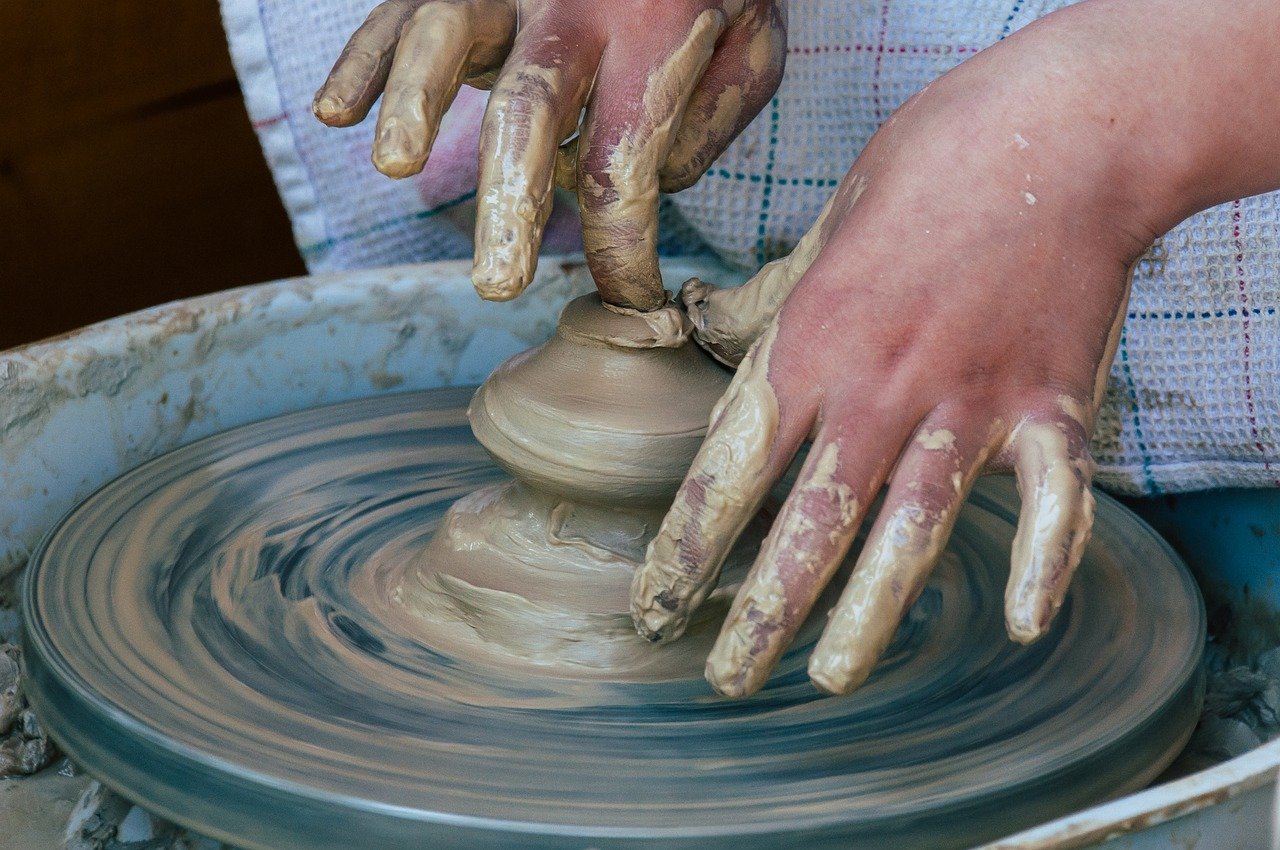
Supervision Guidelines
When it comes to beading with children, supervision is not just a good idea; it's essential! Kids, especially younger ones, can easily get caught up in the excitement of creating and may overlook safety precautions. As a parent or guardian, your role is to guide them through the process, ensuring that they not only have fun but also stay safe. Here are some key points to keep in mind:
First and foremost, make it a point to create a safe workspace. This means setting up a designated crafting area where children can spread out their materials without the risk of losing small beads or damaging furniture. A table covered with a cloth can help catch any stray beads and make cleanup easier. Additionally, ensure that the area is well-lit, so children can see their work clearly, reducing the chance of accidents.
Next, always keep an eye on the tools being used. Items like needles and scissors can pose a danger if not handled properly. Teach children how to use these tools safely and demonstrate the correct techniques. For instance, when using scissors, show them how to cut away from their body and keep their fingers clear of the blade. Supervising their use of these tools will help prevent any unfortunate mishaps.
Moreover, consider setting time limits for crafting sessions. It's easy for kids to lose track of time when they're engaged in a project. By establishing a timeframe, you can help them manage their focus and energy, which is especially important for younger children who may become frustrated if they feel overwhelmed. A fun way to do this is to use a timer; when it goes off, it’s time to take a break or switch activities.
Finally, encourage open communication. Ask your children about what they are working on and if they have any questions or concerns. This not only fosters their creativity but also allows you to address any potential issues before they escalate. Kids are often more willing to share their thoughts when they feel supported and understood.
In summary, supervision during beading activities is crucial for a safe and enjoyable experience. By creating a safe workspace, monitoring tool usage, setting time limits, and encouraging communication, you can help your children explore their creativity while ensuring their safety. Remember, the goal is to have fun and create wonderful memories together!
Here are some common questions that parents might have regarding beading activities with their children:
- What age is appropriate to start beading? Generally, children as young as 4 can start with larger beads and simple projects, while older kids can handle more intricate designs.
- Are there any specific materials I should avoid? Yes, avoid small beads that can pose a choking hazard for younger children. Always opt for age-appropriate materials.
- How can I make beading more educational? Incorporate lessons on colors, patterns, and counting. You can also encourage storytelling through the designs they create.
- What should I do if my child gets frustrated? Encourage them to take a break and return to the project later. Remind them that crafting is about the process, not just the end result.

Choosing Age-Appropriate Materials
When it comes to beading, selecting age-appropriate materials is essential for ensuring a safe and enjoyable crafting experience for children. Not all beads and tools are suitable for every age group, and making the right choices can help prevent accidents while encouraging creativity. For younger children, it’s crucial to opt for materials that are not only safe but also easy to handle. For instance, larger beads made from lightweight materials like wood or plastic are ideal. These beads are less likely to pose a choking hazard and are easier for little fingers to manipulate. Additionally, you might want to consider beads that come in vibrant colors and fun shapes, as they can captivate a child's imagination and keep them engaged in the craft.
As children grow older and develop more advanced fine motor skills, you can introduce them to a wider variety of beads. Glass beads, for example, offer stunning textures and colors, and they can be used to create intricate designs. However, it’s important to supervise older kids when using glass beads, as they can break and create sharp edges. When selecting tools, ensure that they are appropriate for the child’s age and skill level. For younger children, blunt-ended needles and thick threads are safer and easier to work with, while older kids can handle sharper needles and finer threads for more detailed projects.
Here’s a quick reference table to help you choose the right materials based on age:
| Age Group | Recommended Beads | Recommended Tools |
|---|---|---|
| 3-5 years | Large wooden or plastic beads | Blunt-ended needles, thick threads |
| 6-8 years | Medium-sized plastic or glass beads | Blunt-ended needles, medium threads |
| 9+ years | Small glass beads, specialty beads | Sharp needles, fine threads, pliers |
By considering the age of the child and their individual skills, you can create a beading experience that is not only fun but also safe. Remember, the goal is to inspire creativity while ensuring that the crafting environment is secure and enjoyable for everyone involved. So gather those beads and tools, and let the crafting adventures begin!
Q: What types of beads are best for toddlers?
A: For toddlers, large wooden or plastic beads are the safest options. They are easy to grasp and pose minimal choking hazards.
Q: Can older kids use glass beads?
A: Yes, older kids can use glass beads, but adult supervision is recommended to ensure safety, as glass can break and create sharp edges.
Q: What tools should I provide for my child?
A: For younger children, blunt-ended needles and thick threads are appropriate. As they grow older, you can introduce sharper needles and finer threads for more complex projects.
Frequently Asked Questions
- What age is appropriate for kids to start beading?
Kids can start beading as young as 4 years old, especially with larger beads and simpler projects. As they grow older, they can tackle more complex designs and smaller beads. Always consider their fine motor skills and interest level!
- What materials do I need to get started with beading?
To kick off your beading journey, you'll need some basic supplies like a variety of beads (glass, wooden, plastic), string or thread, scissors, and perhaps some tools like pliers for more intricate projects. It's like gathering the ingredients for a delicious recipe!
- Are there any safety tips for beading with young children?
Absolutely! Always supervise younger kids to prevent accidents. Choose age-appropriate materials, avoiding small beads for toddlers. Keep tools safely stored and teach kids how to use them properly. Think of it as creating a safe crafting environment where creativity can flourish!
- Can beading help improve my child's skills?
Yes! Beading is fantastic for developing fine motor skills, hand-eye coordination, and even creativity. It's like a workout for their fingers and imagination, helping them grow while having fun!
- What are some fun beading projects for kids?
There are tons of exciting projects! Friendship bracelets and beaded keychains are popular choices. Kids can also create necklaces, ornaments, or even decorative items for their rooms. The sky's the limit when it comes to creativity!
- How can I encourage my child to be more creative with beading?
Encourage your child to experiment with different colors, shapes, and patterns. Provide them with inspiration from books or online resources. Let them know that there are no mistakes in art—only opportunities to create something unique!



















